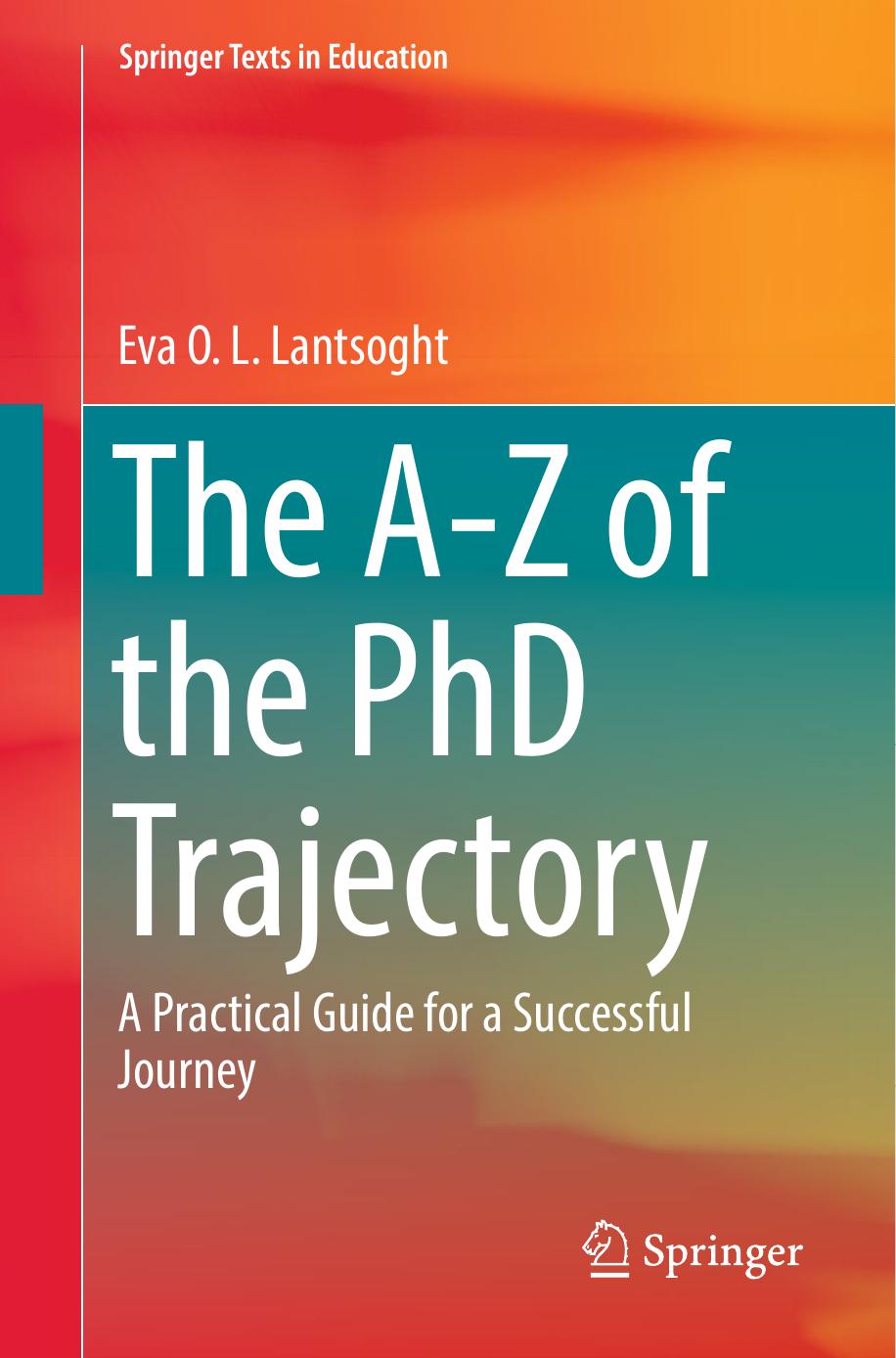The A-Z of the PhD Trajectory by Eva O. L. Lantsoght

Author:Eva O. L. Lantsoght
Language: eng
Format: epub, pdf
Publisher: Springer International Publishing, Cham
11.5 Writing a Good Abstract
11.5.1 How to Write an Abstract in 30 Minutes
One of my most popular posts on PhD Talk is titled “How to write an abstract in 30 minutes” [7]. Surprisingly, it is a post that I typed out in less than ten minutes, simply documenting the technique I use for writing abstracts. The method is based on Koopman’s “How to write an abstract” [8] and elements from the course in Engineering Communications [9] I took with Dr. Rosenstein at Georgia Tech.
Starting to write an abstract is scary. The abstract is the very beginning of a new paper and a new writing project. Your acceptance for going to a conference will depend on it. For a journal paper, your abstract is an important element that will be duly studied by the reviewers and that will determine if a reviewer accepts or declines the invitation to review your paper. There can be a tremendous amount of pressure on you when you need to write an abstract. And all the while, a white page in your text processing software is staring you in the eye. You may start writing a few words, delete them again, decide you need some coffee, bring coffee, check Facebook, try a few words again, and keep fidgeting away for an entire afternoon.
To avoid the fear of the blank screen, I am using a method in which I use questions that I answer for myself. Instead of subdividing my abstract in the classical elements of background, problem statement, methods, results, and conclusions, and coming up with sentences that fall in each of these categories, I copy and paste a set of questions into the white page, and start typing out the answers to these questions. Sometimes I answer these questions by talking out loud, and then write down what I just said. Once I have answered all the questions, I remove the questions, and see how I need to modify the sentences for them to be joined together. Then, I proofread, check for style and grammar, and voila, the abstract is ready.
The questions that I use are based on Koopman’s description of the elements of an abstract [8]: Background: Why are the problem and the results important and why should they be studied?
Download
The A-Z of the PhD Trajectory by Eva O. L. Lantsoght.pdf
This site does not store any files on its server. We only index and link to content provided by other sites. Please contact the content providers to delete copyright contents if any and email us, we'll remove relevant links or contents immediately.
The Art of Coaching Workbook by Elena Aguilar(50979)
Trainspotting by Irvine Welsh(21518)
Twilight of the Idols With the Antichrist and Ecce Homo by Friedrich Nietzsche(18501)
Fangirl by Rainbow Rowell(9095)
Periodization Training for Sports by Tudor Bompa(8168)
Change Your Questions, Change Your Life by Marilee Adams(7634)
This Is How You Lose Her by Junot Diaz(6789)
Asking the Right Questions: A Guide to Critical Thinking by M. Neil Browne & Stuart M. Keeley(5632)
Grit by Angela Duckworth(5514)
Red Sparrow by Jason Matthews(5390)
Paper Towns by Green John(5087)
Room 212 by Kate Stewart(5035)
Ken Follett - World without end by Ken Follett(4643)
Housekeeping by Marilynne Robinson(4338)
The Sports Rules Book by Human Kinetics(4290)
Double Down (Diary of a Wimpy Kid Book 11) by Jeff Kinney(4206)
Papillon (English) by Henri Charrière(4195)
The Motorcycle Diaries by Ernesto Che Guevara(4009)
Exercise Technique Manual for Resistance Training by National Strength & Conditioning Association(3955)
